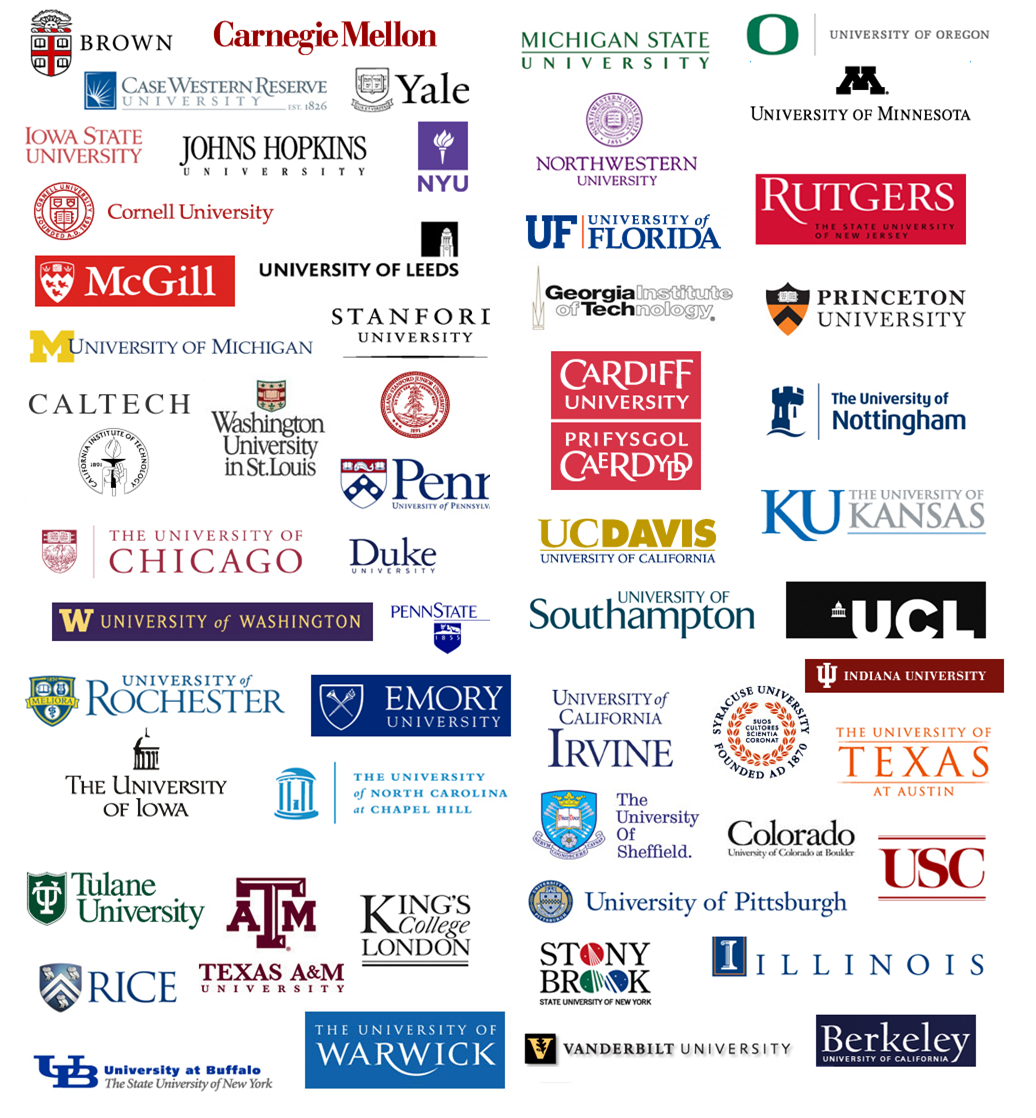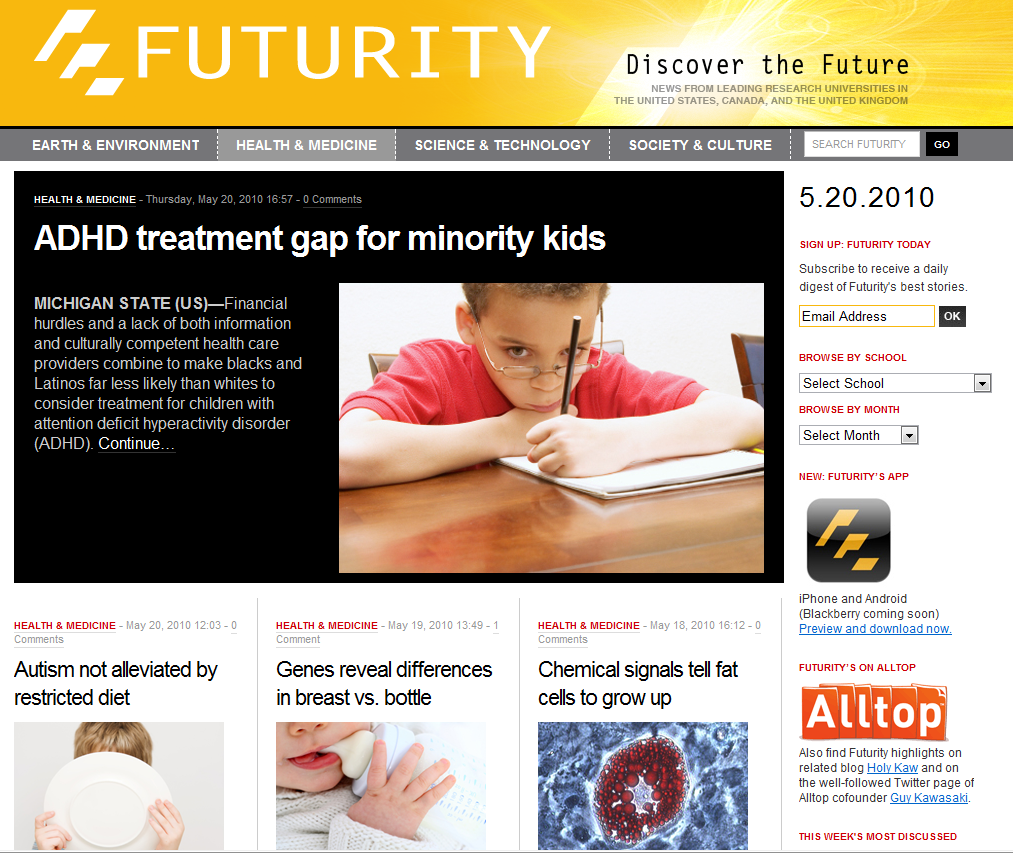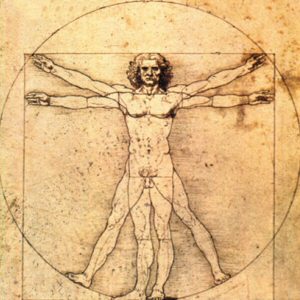This week’s Blogger Neighborhood profile intrigues you more and more as you read. Not only does Aaron do fascinating work for the EPA, but he also lives a life full of passion – for the environment, for adventure and for his family.
I mean, not sure about you, but I haven’t met too many other people who have been both an elephant trainer and a first-mate on a whale watching boat…and that’s just the beginning. Enjoy!
*******************
 Blog Name: Greenversations
Blog Name: Greenversations
Blog Topic: Greenversations is the official blog of the U.S. Environmental Protection Agency, writing about personal experiences related to their work. Science Wednesday on the blog features EPA research and development efforts, highlighting environmental and human health research. The overall goal is to engage the public to help accomplish EPA’s mission to protect human health and the environment.
 About the Author: Aaron Ferster is the lead science writer-editor for the EPA’s Office of Research and Development. As a member of the science communications team, Aaron’s primary focus is communicating EPA research and development to the general public, translating often highly technical environmental and human health science into language and media that is accessible, accurate and engaging to non-scientific audiences.
About the Author: Aaron Ferster is the lead science writer-editor for the EPA’s Office of Research and Development. As a member of the science communications team, Aaron’s primary focus is communicating EPA research and development to the general public, translating often highly technical environmental and human health science into language and media that is accessible, accurate and engaging to non-scientific audiences.
Before coming to EPA, Aaron spent ten years working as an exhibit writer and developer at the Smithsonian Institution’s National Zoological Park, in Washington, D.C. He also worked as a first-mate on a whale watch boat, an assistant camera man for National Geographic film crew, and an elephant trainer. He lives in suburban Maryland with his wife, two daughters (one hearing, one deaf), a dog, and a turtle. He and his wife are currently working on a book together about their experiences raising a deaf daughter.
What first Prompted Him to Blog: I’ve been a big fan of blogs for a while. I’m really intrigued by the evolution of the way bloggers and their readers communicate, forming free-flowing, often passionate on-line communities. So when the opportunity to blog at EPA came along, I jumped at the chance. My first chance to post on Greenversations was to help promote “Bike to Work Day.” I’m an avid bike commuter, so it was a perfect fit.
What’s one lesson you’ve learned from blogging? That people are interested in what EPA is doing, and that blogging is a completely appropriate way for us and other government agencies to engage the public in an ongoing dialogue.
If you could live on any street, what would the street be named, and why? Abbey’s Way (Take the other) – tribute to Edward Abbey, one of my favorite writer’s, and a passionate environmentalist.
Who would be your dream real-life neighbor? A full complement of native critters: owls, box turtles, red-tailed hawks, orioles, black snakes, skunks, foxes, white-tailed deer, and perhaps the wandering bear or coyote now and again. We had a pair of barred owls nest in a tree next to our house a couple years ago and the kids loved it.
What latest new bites would you share with your neighbors if they asked you how you were doing? Puppy news – we have an eight-month-old puppy and our neighbors on both sides also have young dogs, so we have lots of puppy news to chat about.
What would you give to a new neighbor as the perfect welcoming gift? Fresh blueberry pie and a gallon of vanilla ice cream.
What is your favorite blog post and why? Michael Chorost, a deaf science writer and author of Rebuilt: how Becoming Part Computer Made Me More Human, keeps a blog about his experiences as a cochlear implant recipient. My wife and I are currently embroiled in a fight with my health insurance company over refusal to cover a second cochlear implant for our daughter. Chorost chronicles a similiar fight he had on his blog, and his post has been both educational and inspirational.
Past Blogger Neighbors Include:
- Osocio @ Osocio, nominated by SocialButterfly
- Beth Kanter @ Beth’s Blog, nominated by SocialButterfly
- Beth Dunn @ Small Dots, nominated by Beth Kanter
- Len Edgerly @ LenEdgerly.com, nominated by Beth Dunn
- Stacey Monk @ Epic Change, nominated by the Twitter-verse
- Jason Dick @ A Small Change, nominated by Stacey Monk
- Roger Carr @ Everyday Giving, nominated by Jason Dick
- Andre Blackman @ Pulse & Signal, nominated by SocialButterfly
- Laura Stockman @ 25 Days to Make a Difference, nominated by Roger Carr
- Karama Neal @ So What Can I Do?, nominated by the Carnival of Change
- Julie Zauzmer @ 52 Ways to Change the World, nominated by Karama Neal
- Vanessa Mason @ Subject to Change, nominated by SocialButterfly
- Stephanie Gulley @ HeyStephanie.com, nominated by Vanessa Mason
- …and Aaron Ferster @ EPA’s Greenversations, nominated by SocialButterfly
*************************
This continuous weekly series highlights different blogs and their respective bloggers in the blogosphere neighborhood. Following the great Mr. Rogers, who tells us to ‘Get to know your neighbor,’ this series introduces us to our blogger neighbors, making for a more unified, collaborative voice for the social sector. Like to nominate someone or be featured yourself? Contact me @ socialbutterfly4change@gmail.com.







